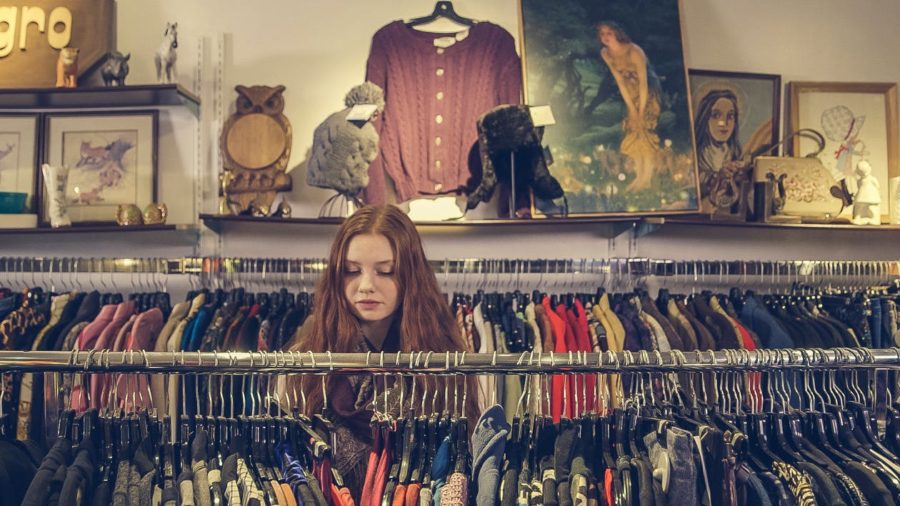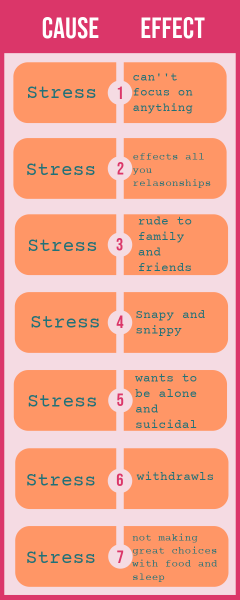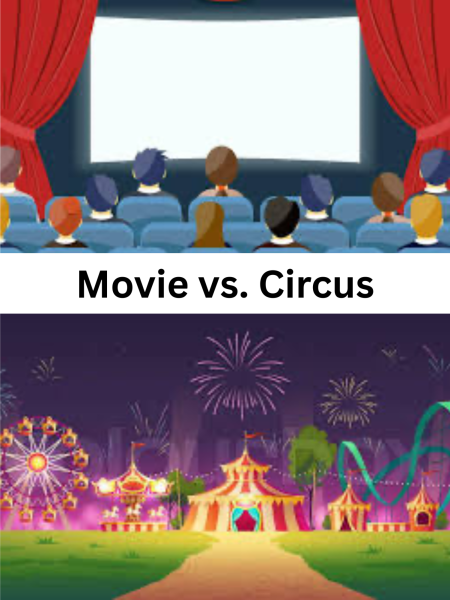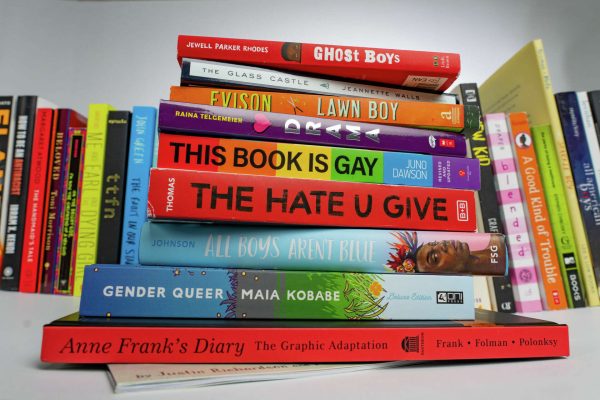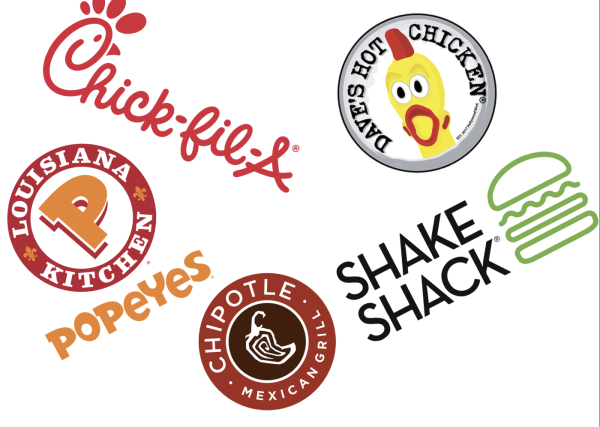The Moral Dilemma of Thrifting With Privilege
Photo credit: https://www.pexels.com/photo/photo-of-woman-near-clothes-374677/
Thrifting stores often provide a variety of different clothing styles and unique items.
In the past 5 years, thrifting has become increasingly popular, particularly among teenage girls and young women under 30 years old. Thrifting is an option for shoppers who choose to buy used or second hand items as a means of saving money or finding more unique fashion pieces. Often, thrifters buy necessities or “vintage” style clothing, seeking a simpler and more casual experience of shopping. However, there are moral implications that complicate this decision.
Originally, thrifting stores were marketed towards people who are financially disadvantaged and could benefit from less expensive options for essentials such as clothing, kitchen materials, and other non-food necessities. Recently, however, thrifting has become popular within more privileged communities as well. As a result, well-known thrift stores such as Goodwill and Salvation Army have started raising their prices. In addition, some people even buy discounted clothing and accessories from thrift stores with the sole intention of reselling them for much more.
Roughly 16%-18% of people in the United States shop at thrift stores and of these about 33% are millennials, a rate that is more than twice that of those living below the poverty line.
At Hackley, a survey of 30 students revealed that 75% thrift and 86% believe that thrifting should not be reserved just for people who cannot afford to pay retail prices.
When people of a wealthier demographic shop at thrift stores, store owners tend to raise their prices due to the higher appeal. This observation is called thrift store gentrification. With privilege comes flexibility. Some people go to thrift stores as a choice rather than out of necessity. When prices are raised, it defeats the original purpose of these stores in offering affordable prices to those in need. Furthermore, when enterprising people choose to buy items with the intention of reselling them, it further undermines the stores’ stated purpose.
Apart from these issues, thrifting presents an opportunity to lessen our carbon footprint, as it provides a more sustainable alternative to clothing from retail stores, and reduces waste.
In addition, thrifting gives consumers more of a variety of options to choose from, which benefits the economy. For example, someone might buy a shirt they wouldn’t otherwise buy because thrift stores provide them with a trendy and affordable option. Perhaps it is not surprising then that millennials and teenagers, in particular, are avid thrifters. Young people in these demographics are still building their financial position, even if they are not financially needy, and thrifting provides them with options.
As long as we are mindful as consumers, thrifting can be a shopping pleasure that benefits society. The main thing we can do to shop more ethically is to try not to buy less common items such as plus size clothing or professional attire. In comparison to clothing like t-shirts, which are more easily accessible, buying these types of clothing would more likely hurt people in need because they would be forced to find more expensive alternatives. As long as we are cognizant of these issues and can manage our spending habits accordingly, then thrifting can be a positive experience for all.



